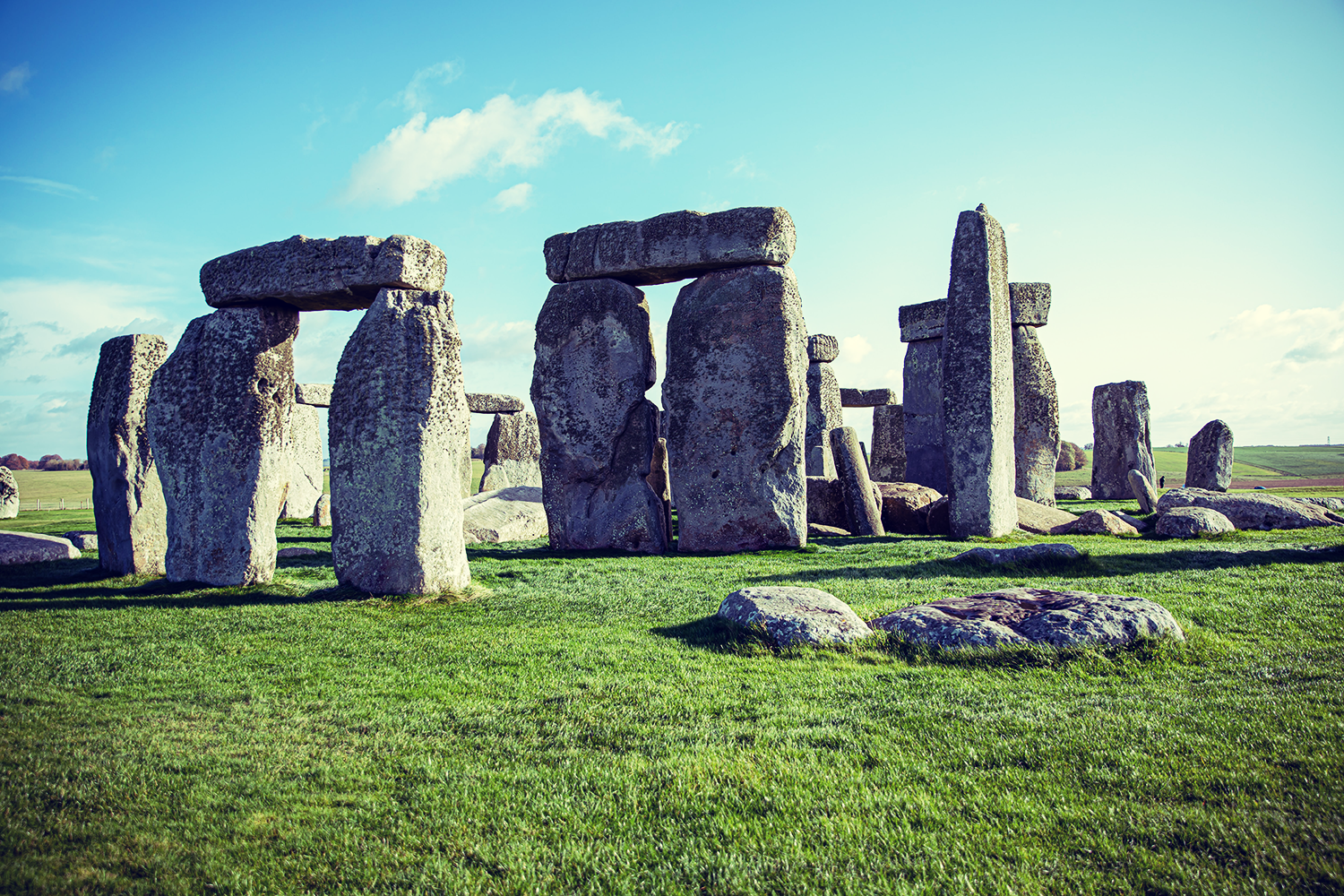It’s been a long time since I did any of my endangered language posts, I know – but that doesn’t mean I’ve not been learning them! In fact, I’ve managed to keep up my 30 minutes of study a day all year so far, which is quite an achievement. Anyway, it’s time to dive back in and first, I’ll be looking at British Sign Language (BSL)!
What is British Sign Language?
BSL is a sign language used in the UK. Around 125,000 adults and an estimated 20,000 children use BSL, with 15,000 people in England and Wales reporting it as their main language in 2011. There have been records of sign language use in the UK since 1570. The codified version of the language is based on that taught by Thomas Braidwood (1715-1806), who founded the first school for the deaf in Britain.
It is most closely related to Australian or New Zealand sign languages (82% identical signs; 98% identical or similar). This is because both of these were originally based on BSL. Interestingly, BSL only has around 30% identical signs with ASL, which was based on French Sign Language.
In 2003, BSL was officially recognised by the UK government as a language in its own right. However, it still does not have official status as a national language.
Why did I choose BSL?
Sadly, not a lot is taught about sign languages (in general) in the UK. Although I was lucky enough to take a Level 1 BSL college course way back when I was doing my A-Levels, BSL is not offered in schools, despite the fact that there are plenty of people in the UK who use it.
For another, all sign languages are considered to be endangered. This is due to lots of different reasons: an increase in cochlear implants and a resultant lack of teaching the children who’ve received them to sign; a lack of inter-generational transmission; a lack of official (in the UK’s case, governmental) support… Things are better than they were a few decades ago, but there are still plenty of myths that surround sign languages, as well. They aren’t real languages (they are). They don’t have grammar (they do!). Teaching deaf or hard of hearing children to sign will impair their speech (it won’t).
So, I’ve picked BSL as one of the indigenous endangered languages of the UK – and it’s been a fun one to learn!
What can I expect to learn in 18 days?
Obviously, I did this back in April, but the COVID-19 pandemic is still ongoing, so (as of time of writing) british-sign.co.uk are offering their introductory course on a ‘Pay What You Can’ basis. My plan, then, was to get through most of that course. I also wanted to supplement it by learning other signs and also use YouTube videos or images on Pinterest to reinforce what I’d learnt.
What resources am I using?
I’ll be posting the outcome of all this tomorrow – but, spoiler, I really had fun learning BSL and managed to get through quite a lot of it!
